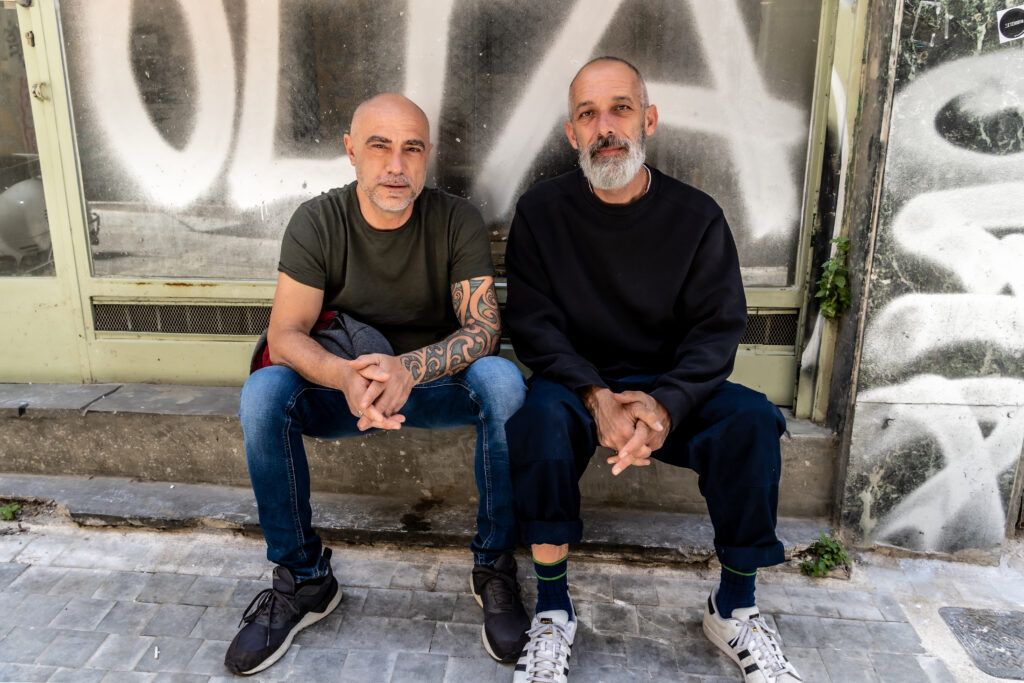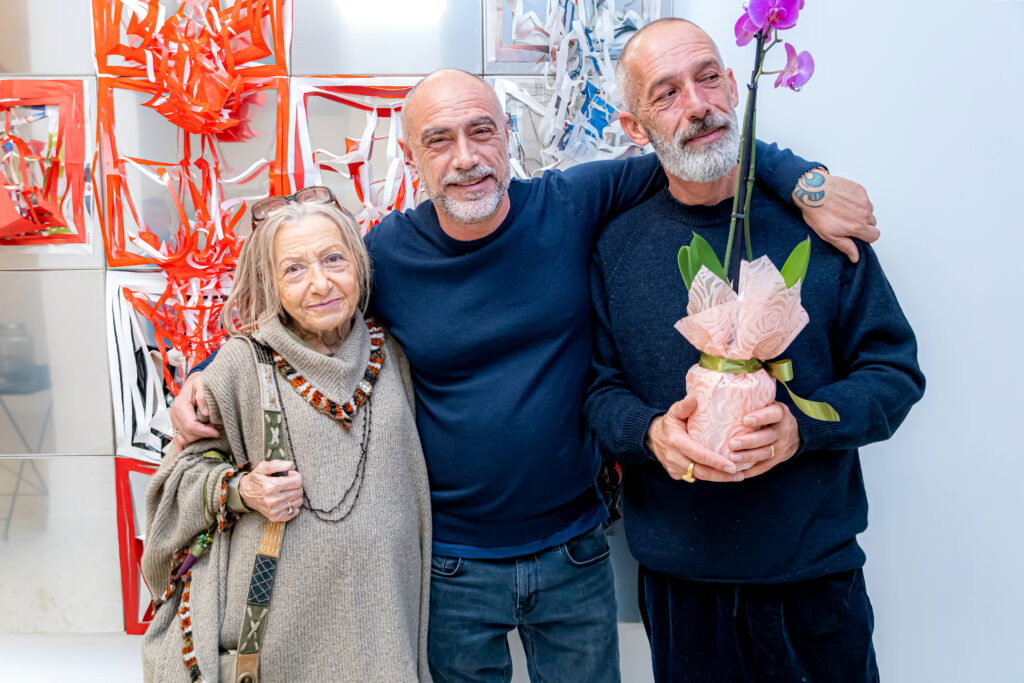Gramma_Epsilon is a gallery in the heart of Athens founded by Paolo Cortese and Francesco Romano Petillo.

Gramma_Epsilon is a gallery in the heart of Athens founded by Paolo Cortese and Francesco Romano Petillo.
The goal is to connect the avant-garde women of today with the climate of experimentation and the emancipation movements that had women as protagonists and took shape in the 1960s and 1970s.
We wanted to document the work of the female artists of that period, a creativity and inventiveness with extraordinary strength, but still little known today. Often marginalized by the art market, sometimes even opposed, or at best poorly understood.



Histoire d’E tells stories of women, of friendships, of connections and separations. It narrates how, in the 1970s, female artists began to write their own independent history; how the complete disinterest from the art market allowed them to experiment with total freedom.
ARTISTS: Mirella Bentivoglio, Francesca Cataldi, Nedda Guidi, Elisabetta Gut, Maria Lai, Rosanna Lancia, Gisella Meo, Patrizia Molinari, Renata Prunas, Anna Maria Sacconi, Alba Savoi, Maria Jole Serreli, Franca Sonnino.

Franca Sonnino_The Thread, the Sign, the Space curated by Simona Campus and Paolo Cortese
The project Franca Sonnino. The Thread, the Sign, the Space is born from the collaboration between the MUACC in Cagliari and Gramma_Epsilon Gallery. It is organized in two complementary exhibitions: the exhibition at MUACC is presented as a comprehensive retrospective, focusing on all the main moments and thematic areas of the artist’s research, while Gramma_Epsilon features a focus on works from her recent years.
On display are 30 works including drawings, collages, photo interventions, objects, installations, object-books, and artist’s books. The exhibition journey begins with a selection of drawings from 1965 that are part of the series Per merito di Beckett (Thanks to Beckett). The objects, forms, and volumes that appear in these drawings find their place starting from the early 1970s, when the artist gave her work a conceptual turn. From that moment on, Gisella Meo pursued a rigorous investigation of the module, which she then applied in different ways depending on the context.


Francesca Cataldi I work is the first retrospective of Francesca Cataldi in Greece. On display are 40 two-dimensional and three-dimensional works made of cement, tar, resin, cellulose, and glass.
The exhibition starts with La rete (The Net), a 1971 work where Cataldi begins experimenting with the possibility of moving beyond the canvas by applying an iron net to it.

Greta Schödl_Weaves of Light curated by Paolo Cortese and Rosanna Ruscio.
This is the first solo exhibition in Greece of the Italian-Austrian artist. On display are 50 works, including two-dimensional pieces, object-books, marble sculptures, and installations.
The exhibition primarily focuses on two central elements in Schödl’s poetics: writing as a cathartic action and nature as a reference setting.
Born in Hallabrunn, Austria, in 1929, Greta Schödl has lived in Bologna since the late 1950s. She began with textile experiences and, through graphic exercises, encountered calligraphy. Moving from graphic signs to freer elements, oscillations, and vibrations of the stroke, she eventually explored the behavior of thread and, through this tool, the profound meaning of female existence. She uses paper or textile supports, where she literally weaves her words. However, the emphasis in her work is not limited to the verbal element, but rather to its placement within a well-defined space and the relationship it creates with the medium used.
